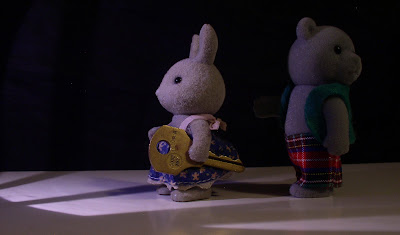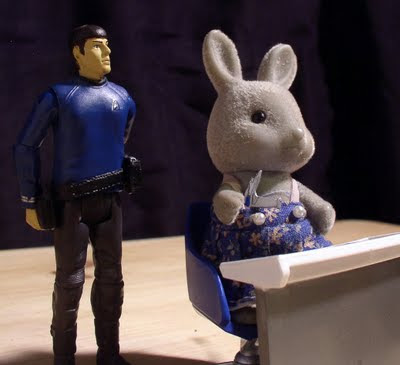Holiday Leftovers: His Majesty's Dragon, The Ruby in the Smoke, By the Mountain Bound

Due to constraints on time and inspiration, Faithful Readers (all 6 of you), in place of a long article on one book, here are some brief thoughts on other books I've read recently, that don't quite have enough to get their own article. Plus, my camera is broken. His Majesty's Dragon Naomi Novik, 2006 Sometimes I see a book that seems to say, "I was written just for you!" This is one of those books. In sketchiest outline, the plot is a little bit like Eragon , (person imprints on dragon, life changes), if Eragon were any good. And set in the Napoleonic Wars. And starred a Naval captain. The author is, like me, a great fan of both JRR Tolkien and Patrick O'Brian, and it comes through in the writing. The protagonist, Captain Laurence, is a proud, hot-tempered man who clings to duty and responsibility when his life is turned upside-down. His unexpected bond with Temeraire, a rare Chinese Dragon captured from a French ship, m...













